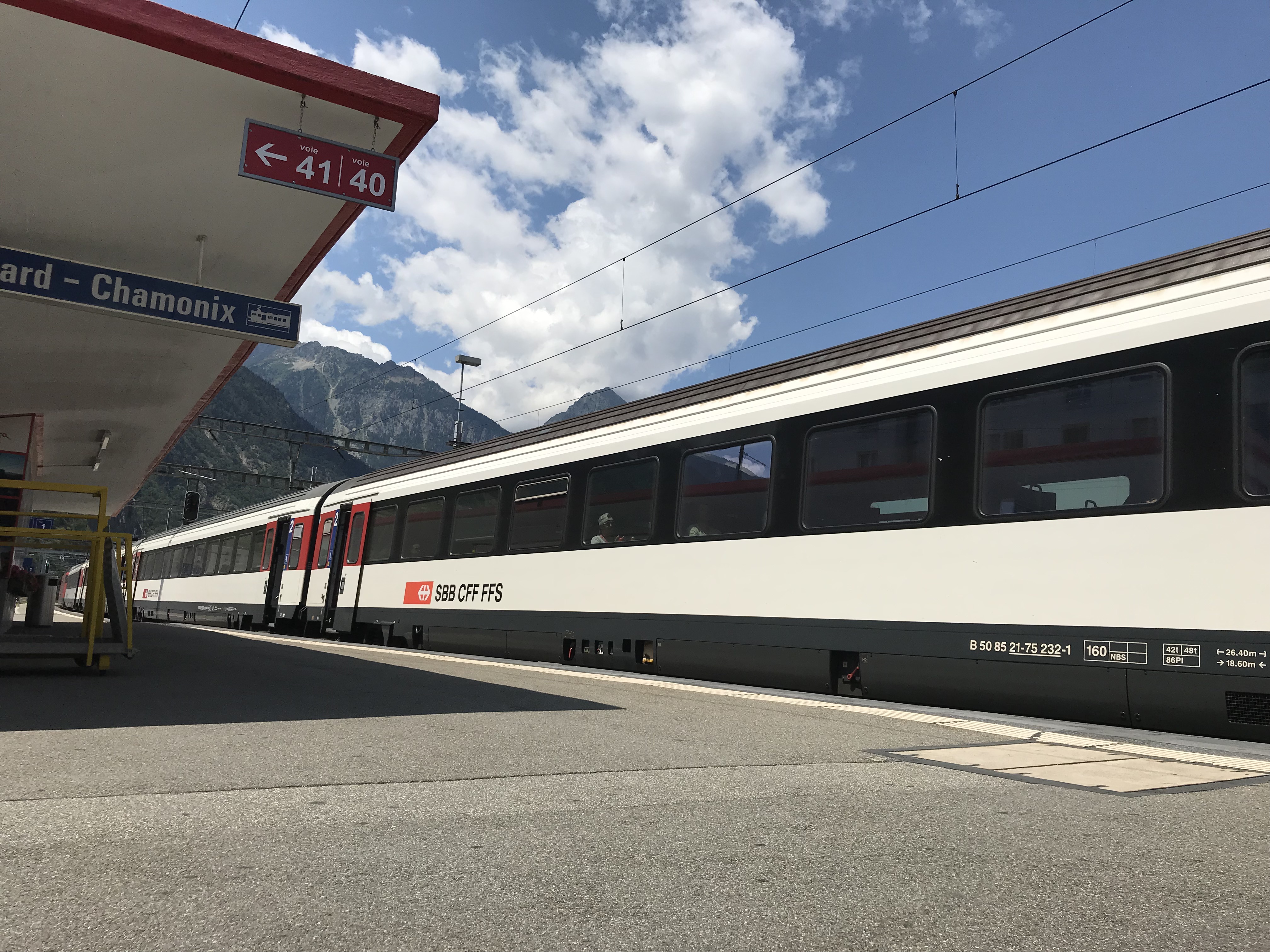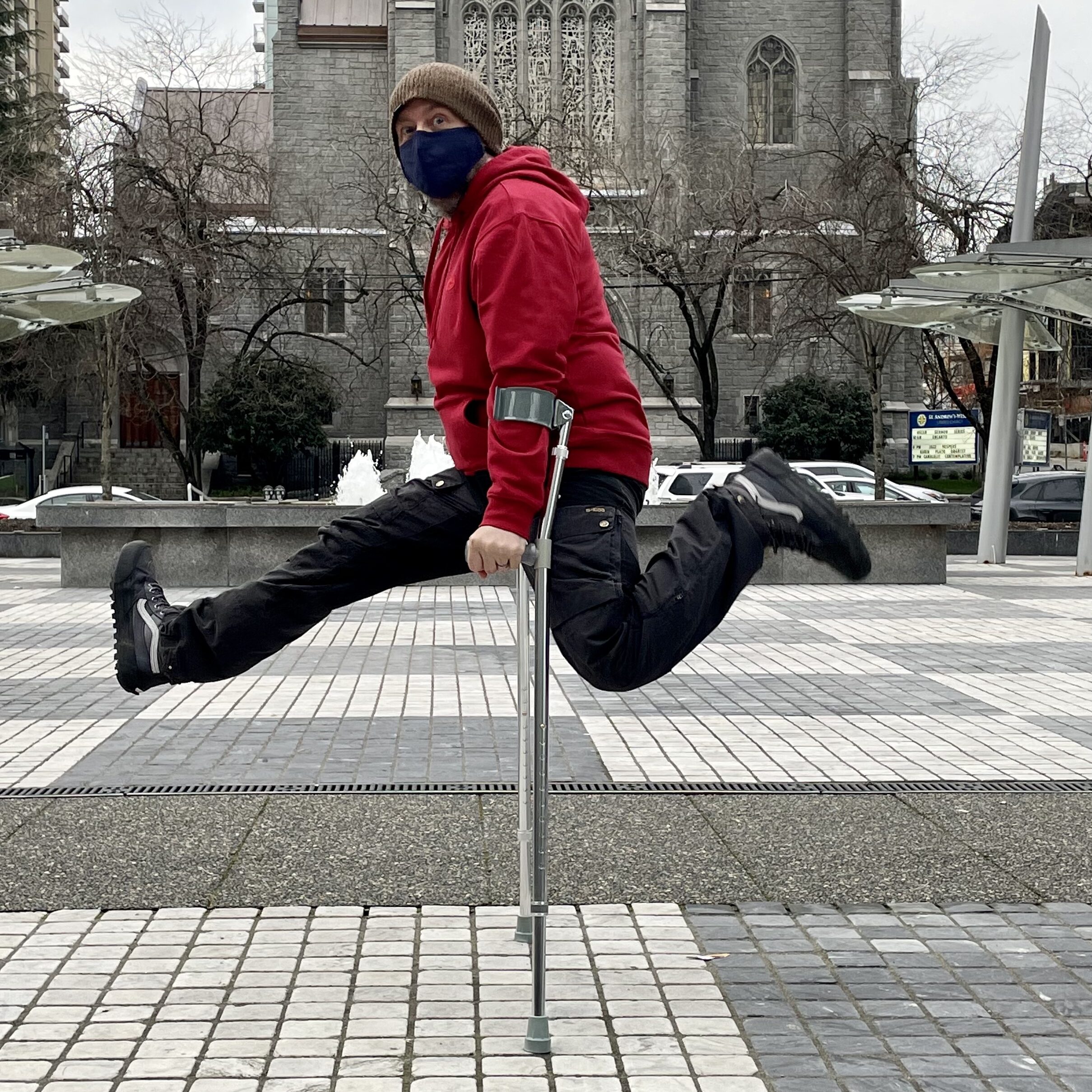Advertisement feature
The romance of slow travel has certainly experienced a resurgence in recent years. Ditching air travel for trains, buses, and boats not only shrinks your carbon footprint but transforms the journey into the main event. Travelling overland from Britain to Asia means crossing continents at human speed, watching landscapes morph gradually rather than jumping between airport terminals. So, settle in, because the road is long and adventures aplenty!

How to Navigate Visas
The biggest headache for overland adventurers isn’t the long journeys – it’s the paperwork. Unlike flying direct to your destination, going overland means securing visas for every country you’ll pass through, often with specific entry and exit points declared in advance.
British passport holders enjoy visa-free travel across Europe, but once you hit the edges of the EU, the bureaucracy begins. A specialist like OnTrailVisa can be worth their weight in gold here, handling the complex application processes while you focus on planning the fun bits of your journey.
Latest Singletrack Merch
Buying and wearing our sustainable merch is another great way to support Singletrack
Several key visa tips to remember:
- Apply in the correct sequence, as some countries want to see your visas for neighbouring countries first
- Check validity periods carefully – many visas must be used within 3-6 months of issue
- Some require proof of onward travel or accommodation bookings
- Several have specific insurance requirements
- Processing times vary wildly from 3 days to 3 weeks
For longer trips, consider a mixed strategy of securing essential visas before departure (like Russia, which is notoriously strict) and obtaining others en route at embassies in hub cities like Istanbul, where processing can sometimes be faster and cheaper than in London.
The Northern Path: Trans-Siberian Adventure
This iconic route offers the most straightforward path from Europe to Asia. The journey begins with a Eurostar to Paris, followed by comfortable high-speed trains through Germany and Poland. After reaching Moscow (requiring your first non-EU visa), you’ll board the legendary Trans-Siberian Railway.
The full Russian journey covers nearly 9,300 kilometres of taiga, steppe and mountains. While the main line runs to Vladivostok, most Asia-bound travellers opt for the Trans-Mongolian branch, which splits off toward Ulaanbaatar and Beijing. The classic third-class platzkart carriages offer the best value and most authentic experience – think communal travelling with locals sharing homemade food and life stories despite language barriers.
Visa-wise, this route requires careful planning. Russian tourist visas need exact entry and exit dates, hotels booked for every night, and an invitation letter. For Mongolia, British citizens can typically get a 30-day visa without too much faff. China requires more paperwork, including a detailed itinerary and sometimes proof of sufficient funds.
Breaking the journey in Siberian cities like Yekaterinburg, Irkutsk (gateway to Lake Baikal), and Ulan-Ude adds richness to the experience. In summer, the endless Russian forests and Mongolian steppe glow with 20-hour daylight, while winter brings snowy landscapes straight from Doctor Zhivago – though pack serious winter gear if travelling November through March.
The Southern Path: Ancient Silk Roads
The southern route follows ancient trading paths through Turkey, Iran, and beyond. From London, take trains through Europe to Istanbul, where you’ll cross from the European side to the Asian shore – a symbolic continental transition.
Eastern Turkey reveals a landscape of mountains and ancient sites before you reach the Iranian border at Bazargan. Iran itself offers some of the world’s most hospitable people and stunning Islamic architecture in cities like Isfahan and Shiraz. From Iran, adventurous travellers can continue through either Pakistan to India, or through Turkmenistan and the Central Asian ‘Stans’ toward China.
This route’s visa requirements present different challenges. Turkey offers easy e-visas for British passport holders. Iran requires more planning as you’ll need an authorisation code from an Iranian travel agency before applying for the actual visa. For British citizens, the Iranian visa process is more complicated than for other nationalities due to political relations, often requiring a guided tour booking.
If continuing via Central Asia, the visa situation has improved dramatically in recent years. Uzbekistan now offers e-visas, while Kazakhstan has visa-free access for Brits. Pakistan and India both require advance visas with biometric information.
Transport along this route varies enormously. Turkey boasts excellent long-distance coaches with attendants serving tea and biscuits. Iranian VIP buses rival European standards for comfort. Beyond Iran, trains become less reliable, with buses and shared taxis filling the gaps between major cities.
Travelling overland from Britain to Asia isn’t about ticking off countries at speed. It’s about experiencing the gradual shifts in culture, cuisine, architecture and landscape that flights simply can’t provide. The journey becomes as meaningful as any destination.
Yes, it requires more planning than booking a return flight to Bangkok. Yes, visa logistics can be a little tricky. But few travel experiences match the moment you step off a train in Beijing or Delhi, knowing you’ve travelled there entirely at ground level, connecting with landscapes and people in a way that air travel simply cannot offer.
This feature was sponsored by ontrailvisa.co.uk





